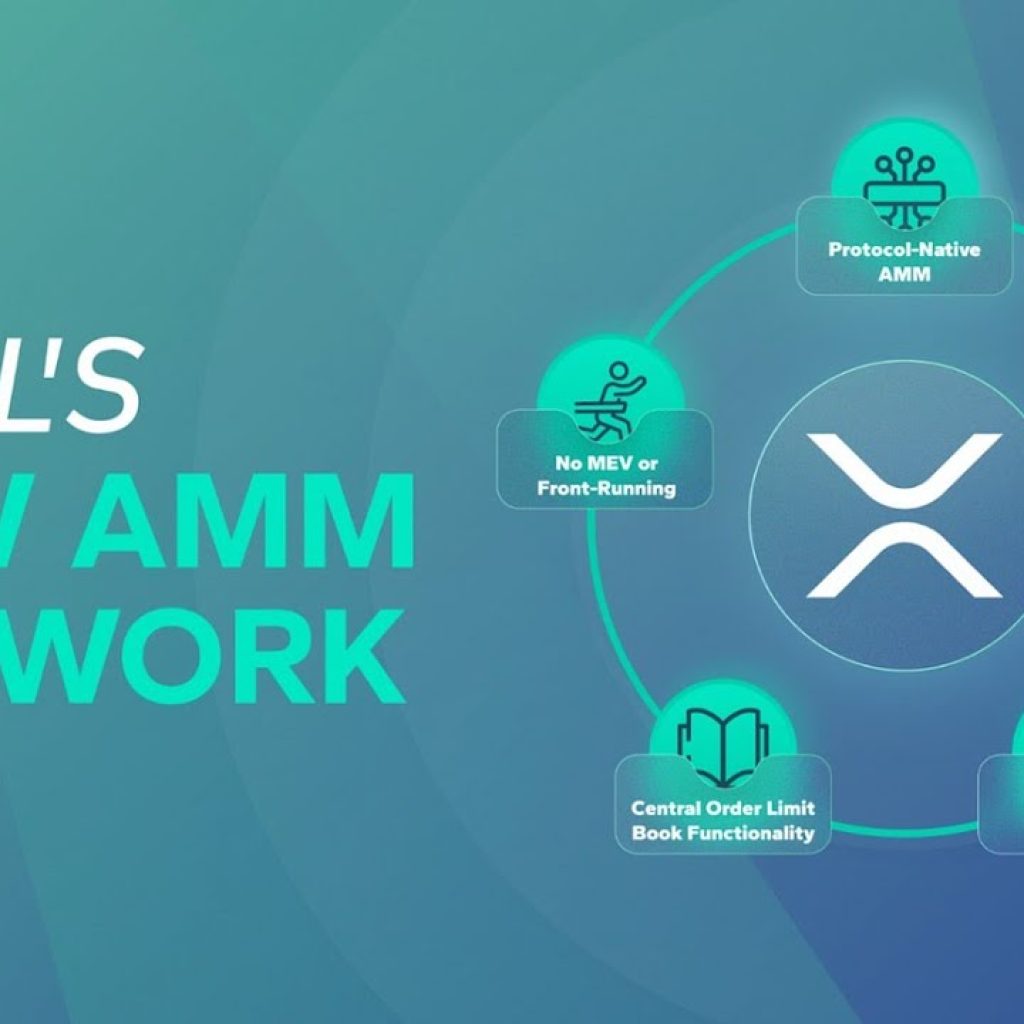The rapid growth of the cryptocurrency market has given rise to a plethora of coins and tokens, but it’s the stablecoins that are capturing significant attention. As the name suggests, stablecoins are designed to have a stable value, often pegged to traditional currencies or assets. Rune Christensen, the co-founder of MakerDAO, one of the most significant DeFi projects, recently discussed the future of these decentralized stablecoins in the crypto ecosystem.
The rise of decentralized stablecoins
Speaking to Andrew Fenton of Cointelegraph during Token 2049 in Singapore, Christensen unveiled his vision for decentralized stablecoins such as Dai. His discussion revolved around a presentation made by Nic Carter, Castle Island Ventures partner, who indicated that interest-bearing stablecoins might constitute up to 30% of the market in a mere two years.
Christensen agreed with Carter’s prognosis while highlighting the dependency of this projection on the global macroeconomic situation. He pointed out, “If high inflation rates persist, it’s very plausible we’ll see a surge in stablecoin adoption.” His confidence in the dominance of decentralized stablecoins arises from the belief that the crypto world will indeed live up to its vast potential.
But what sets decentralized stablecoins apart from their centralized counterparts? According to Christensen, decentralized stablecoins could eventually overshadow centralized ones. “If the crypto domain realizes its potential, decentralized stablecoins will dominate the market. Centralized stablecoins will be mere bridges connecting us to traditional systems,” he said.
MakerDAO’s innovative approach to stablecoins
MakerDAO has been a trendsetter in the DeFi sector with its stablecoin, Dai. Last year, Christensen introduced the ambitious “Endgame Plan” for MakerDAO. This plan involves transforming DAI into a free-floating asset with its initial backing from real-world assets (RWA).
Over three years, while DAI remains tethered to the dollar, the protocol plans to increase its focus on RWA significantly. The objective? To amass as much Ether as possible and amplify the proportion of decentralized collateral. Christensen’s aim with this approach is to solidify Maker’s foundation further, making it resilient against the influx of what he calls “scammy and illegitimate projects.”
Gamifying the crypto experience
Christensen’s vision for the future doesn’t stop at merely establishing a robust decentralized stablecoin system. He envisions a crypto world where the protocols are not just secure and stable but also engaging and fun. In his words: “The real killer advantage of decentralized stablecoins, like Maker, lies in the potential to gamify savings.”
In an era where younger users are increasingly drawn to gamified experiences, this could be the key to unlocking unprecedented adoption rates. Christensen believes that people are naturally inclined towards interfaces that resemble games. “It’s what people want,” he stated, emphasizing the importance of creating a user experience that is both intuitive and enjoyable.
Conclusion
The future of stablecoins, as per Christensen, is bright and predominantly decentralized. While the centralized versions might find their niche, it is the decentralized ones, backed by tangible assets and designed to provide a gamified experience, that hold the promise of steering the crypto world to its next phase of evolution. As the crypto domain waits with bated breath to see how these projections pan out, one thing is clear – the landscape is set for significant change, and decentralized stablecoins might be at the helm of it.





